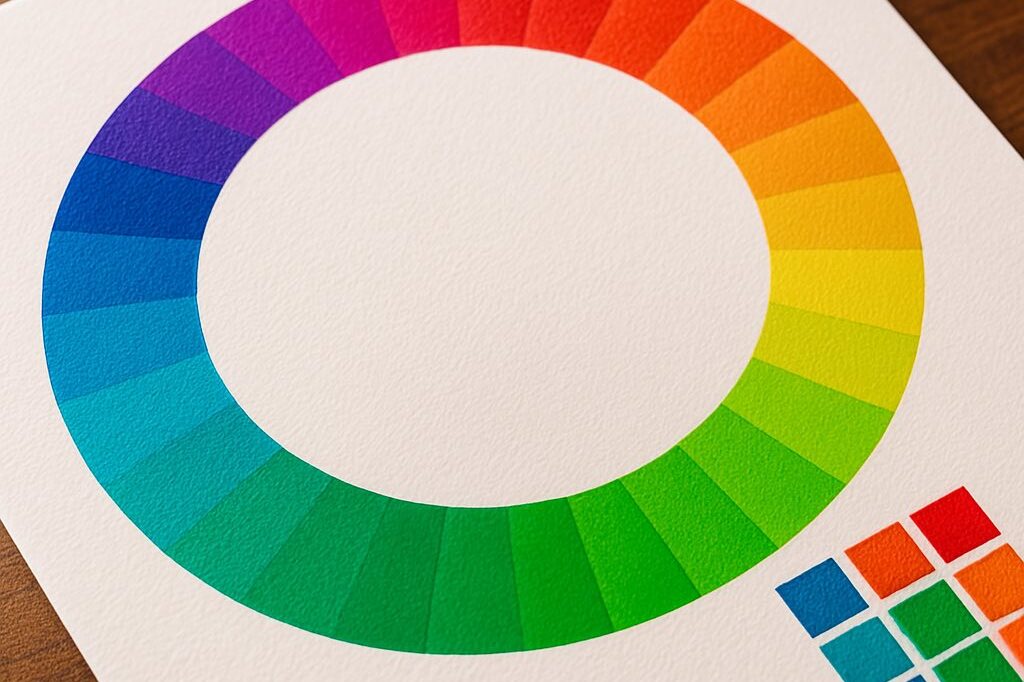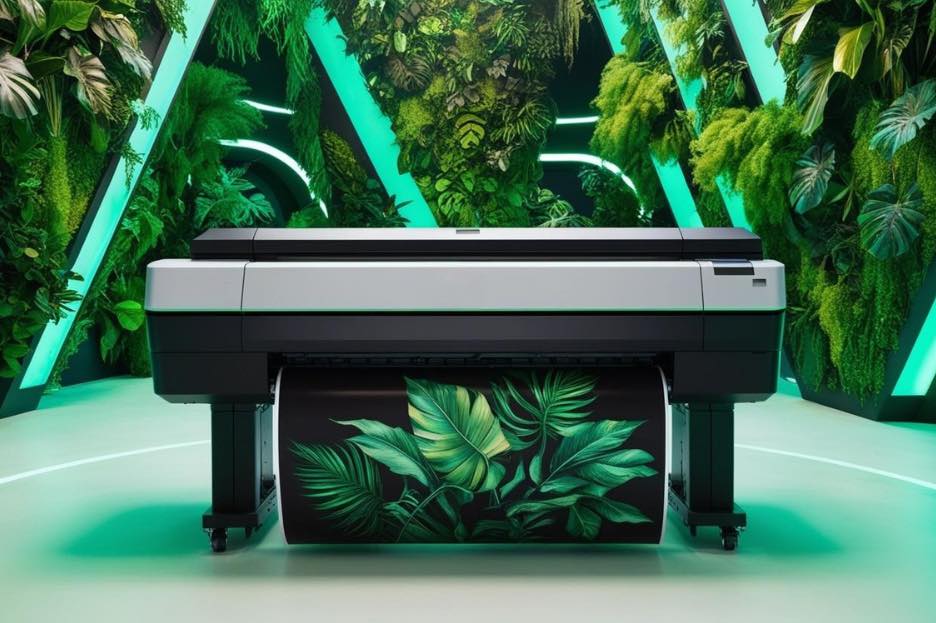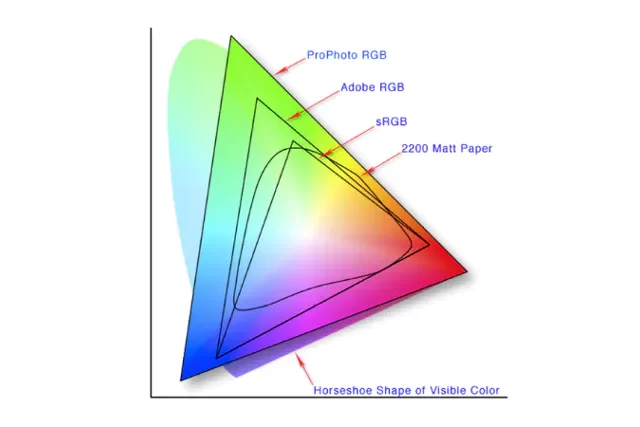ColorQuery Solution Provides Unique Customized Spot Color Matching System and Workflow
January 29, 2025 by Shelby Sapusek

Recently on the ColorBase blog, there was an article about a spot color / Pantone matching system called ChromaSpot. While this is a unique and interesting solution, there are other options in the print industry and I’d like to introduce one of them.
More than a decade ago, a client came to our sister company, ColorMetrix Technologies LLC, with a color workflow problem of which there was no current industry solution.
Their company was trying to manage thousands of specific spot and Pantone colors across multiple printing facilities. Many of these colors had to be defined by physical swatch samples because there were also multiple substrates involved. They needed these colors to be readily available digitally in a centralized system that could be accessed by different user levels. In short, they needed a new idea for a spot color workflow.
After many meetings and measurement sessions with the client, ColorMetrix’s developers were able to build a unique solution utilizing much of their existing technology that addressed all the color matching and workflow concerns of this specific client. ColorQuery was born.
So what is ColorQuery?
ColorQuery is a cloud-based color communication system that connects printers, suppliers and brands. It’s a powerful searchable database with significant metadata options. The system is secure with different user and group permission levels. By design, it is meant to be customizable for each organization’s unique color library, customers, print facilities, ink sets, substrates and more.
The ColorQuery workflow can be used to create new colors or reuse existing colors with checkpoints and approvals prior to the color being released for use. The supply chain workflow communication can include detailed metadata related to each color such as ink, substrate, process and facility whenever applicable.
How does it work?
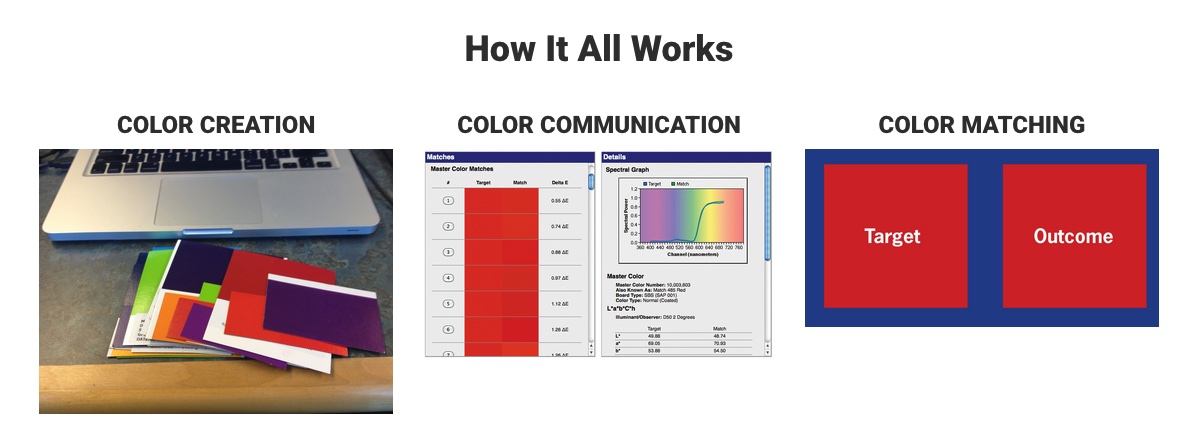
The ColorQuery system can be explained by dividing it up into three segments:
- Color Creation
- Color Communication
- Color Matching
In the color creation process, physical swatch books are produced by a single printing process on one or more substrates. It is important to be able to see the generic color matched and produced with the inks for the appropriate print process and on the correct substrate. ColorQuery manages this process of physical drawdown creation and then stores the digital representation of the new ink and substrate in relation to the specific color.
Next, once a brand color is approved and becomes part of the color communication database, the metadata associated with that color becomes searchable. These searches are not only based on Delta E matching requirements; but also critical components that affect color such as ink, substrate, and print process. Customizable metadata can include data such as customer and the facility where the color was produced. Results of these searches can be easily shared with all supply chain partners.
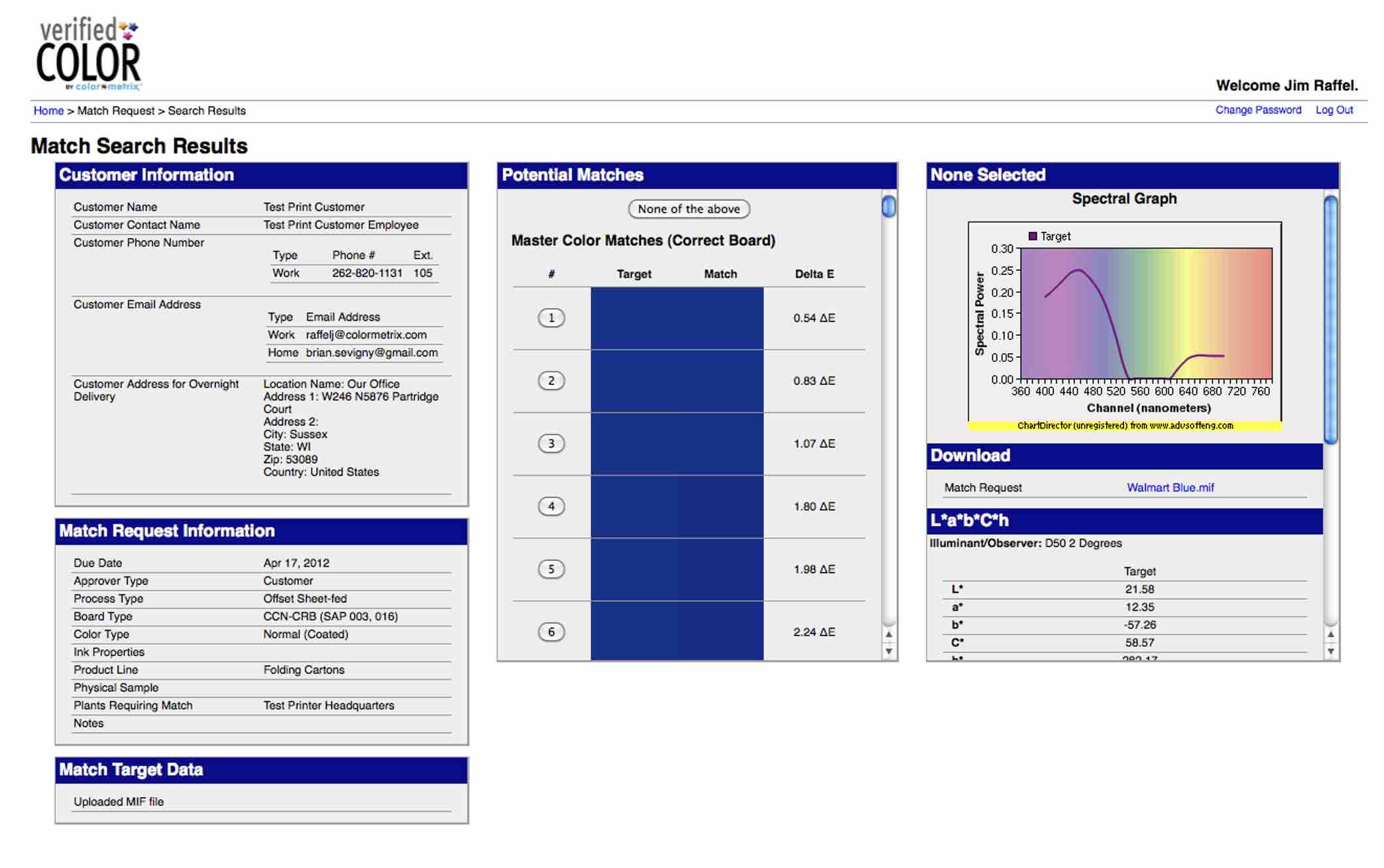
Then we move on to the color matching stage. Using the results of the searches, you can determine and achieve accurate brand color matches by using the various workflow modules within the color supply chain that is ColorQuery.
What else does it do?
Since its inception, some additional features have been added to ColorQuery to provide even more ease of use for a unique color management workflow.
First, a powerful API was built that connects to systems like SAP to shop floor systems such as MeasureColor. ColorQuery manages the data interchange which allows for an easy connection between virtually any system that requires data stored for color standards. As an accredited PantoneLIVE partner, ColorMetrix is able to provide optional seamless access to their entire color library while again allowing ColorQuery to manage the data interactions.
Second, a new technology called Normalizer was developed which gave ColorQuery the ability to convert spectral measurements from any instrument model of one manufacturer to those of another instrument from another manufacturer. There is an option to provide a spectral reflectance curve of the target color and then let the unique Normalizer algorithms for variables such as illuminant, observer and even the instrument to take measurement to adjust the color. The Normalizer option means that an instrument no longer is needed to drive the measurement system.
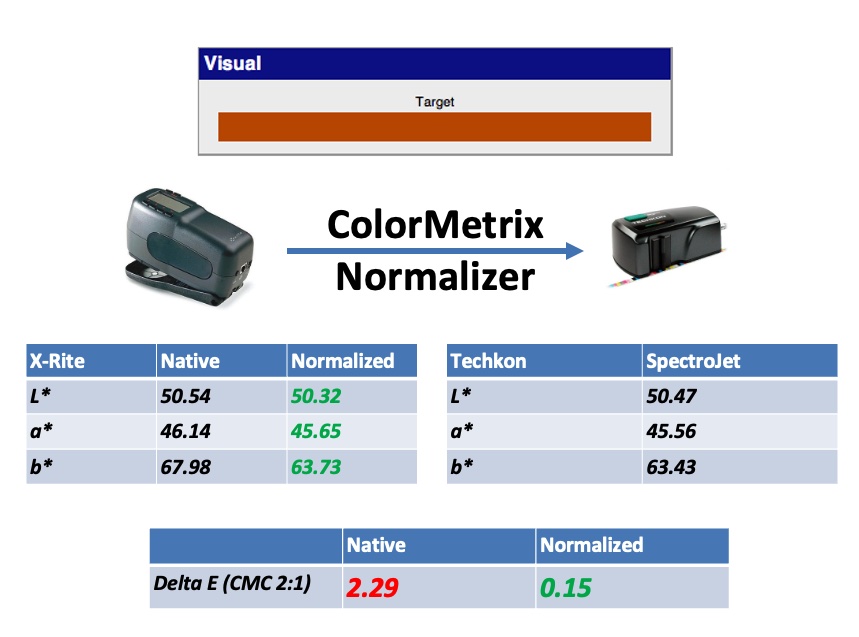
The ColorQuery Advantage
While the ColorQuery system is not free, it has several advantages that other open-source spot color and Pantone solutions do not have. They include:
- Cloud-based centralization of color standards that connects printers, suppliers and brands
- Migration and optimization of multiple color databases into one
- Powerful and fast search capabilities based upon multiple criteria and metadata
- Managed workflow communication for creation of new colors
- Ability to create new or existing colors with checkpoints and approvals prior to the color being released
- Secure system with password-protected user and group permission levels
- Can be customized and branded with company’s logo, customers, facilities, substrates, ink sets, unique color library and more
If you are interested in learning more about ColorQuery or have questions on how to best manage your spot color and Pantone workflow, please email me at shelby@colorcasters.com and I will be happy to answer your questions.
Tell us what you think!
Read more articles
The Most Important Checkbox in your RIP Color Management Settings
If you’re serious about color accuracy in your printshop, you’ve likely explored output profiles for your large format printers….
The Future of Large-Format Printing: AI, Sustainability, and Remote Innovation
This article was previously published on printvergence.com At HP we are already looking to the year ahead and all…
What are the complications of ICC RGB profiles?
As content creators, whether you’re a photographer, graphic designer, or digital artist, understanding the role of ICC RGB colour...

